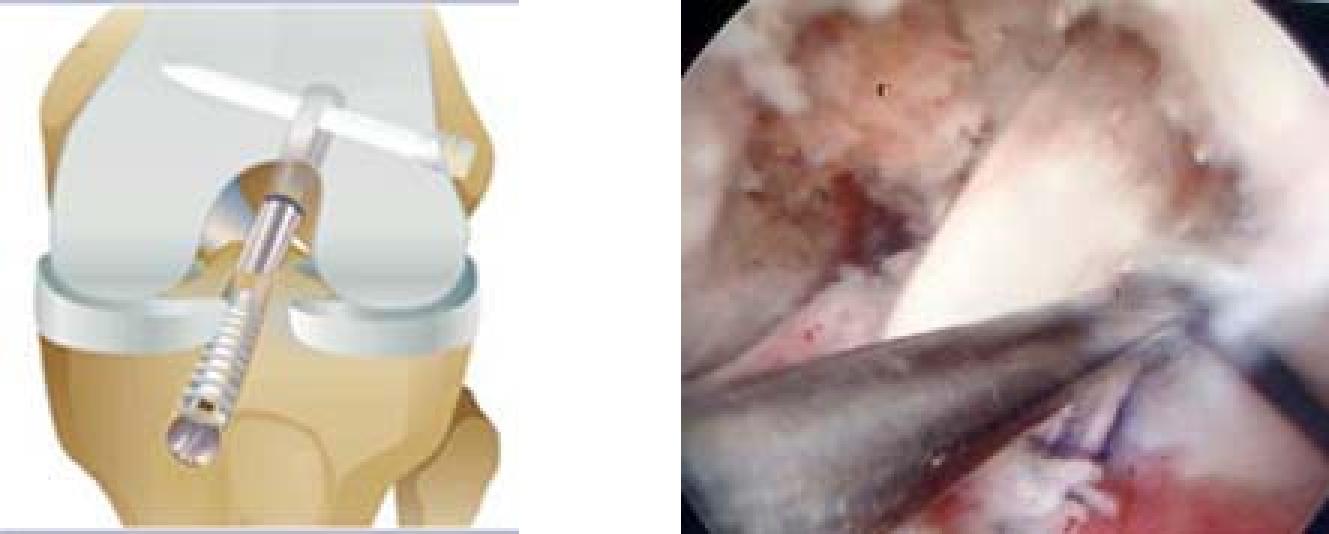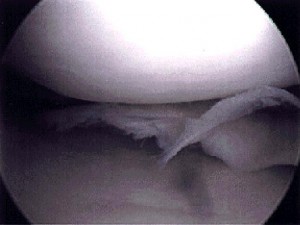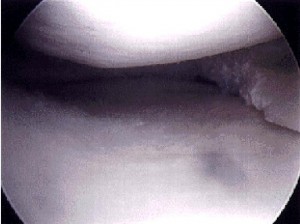Recovery from arthroscopy is much faster than recovery from traditional open joint surgeries. Still it is important to follow instructions carefully after you return home.
Swelling : keep the operated limb elevated as much as possible for first few days. Apply ice as recommended by your doctor to relieve swelling and pain.
Wound care : Keep your wound and dressing clean and dry. Your wound should not come in contact with water. Change any bandage immediately if it becomes wet or bloody.
Activity : After most arthroscopic surgeries you can walk unassisted, but your surgeon may advise you to use a brace, crutches, a cane or a walker for a limited period of time after surgery. You can gradually put more weight on your leg as your discomfort subsides.
Medications : You may require pain medications for first few days. Antibiotics may be prescribed in major reconstructions surgeries.
Complications : Potential post operative problems with arthroscopy surgery include infections, blood clots in the legs and an accumulation of blood in the joint. These complications occur infrequently and are minor and easily treatable.
Warning signs : If you notice any of the following, call the concerned orthopaedic surgeon or orthopaedic duty doctor at Sant Parmanand Hospital
- Fever
- Chills
- Persistent warmth or redness around the operated joint
- Persistent or increased pain
- Excessive bleeding
- Tingling or numbness
Rehabilitation programme : Hospital physical therapist will instruct you for ambulation, range of motion and muscle strengthening exercises. Your doctor will specify when you should begin an exercise programme to gain motion and to strengthen muscles around the joint e.g. two commonly used exercises to strengthen the muscles above your knee are : quadriceps setting and straight leg raising exercises.



